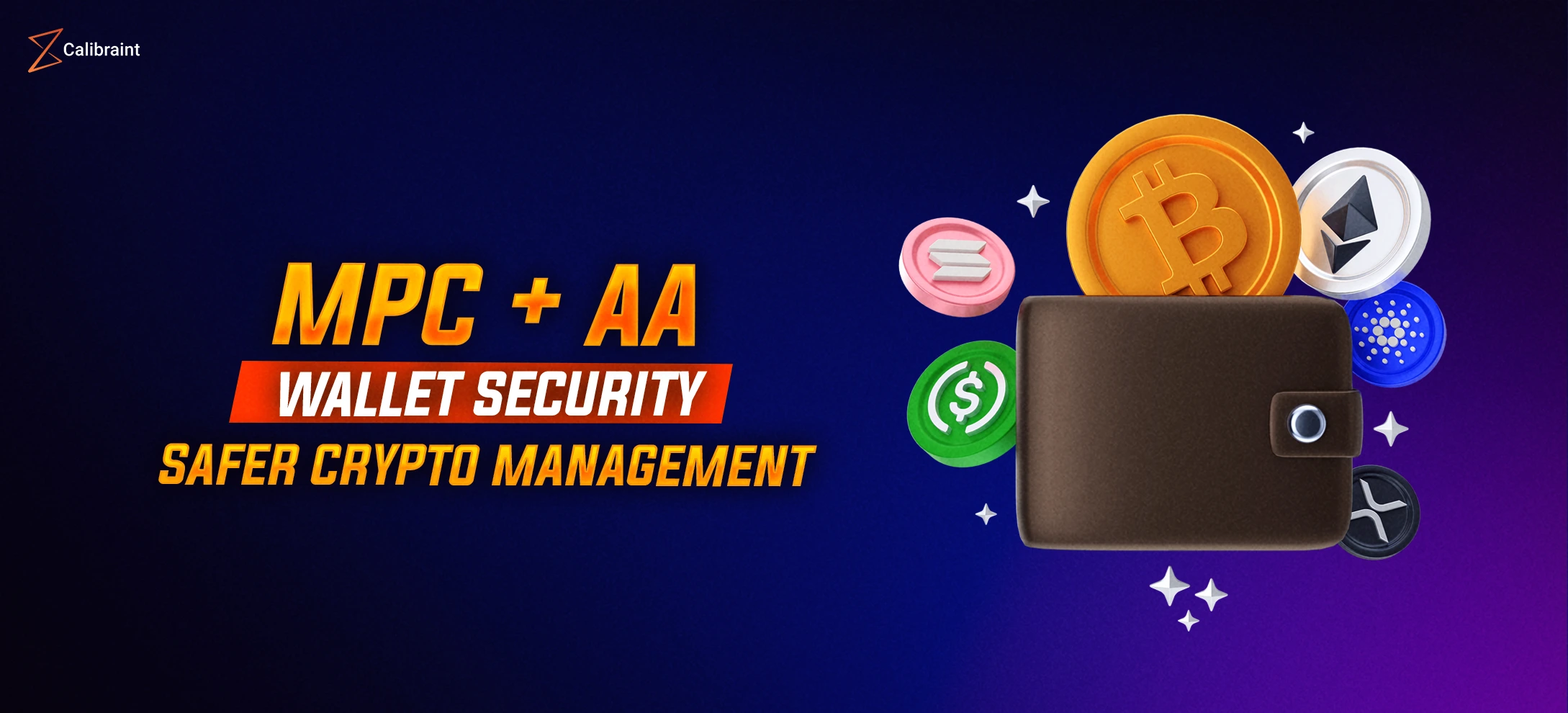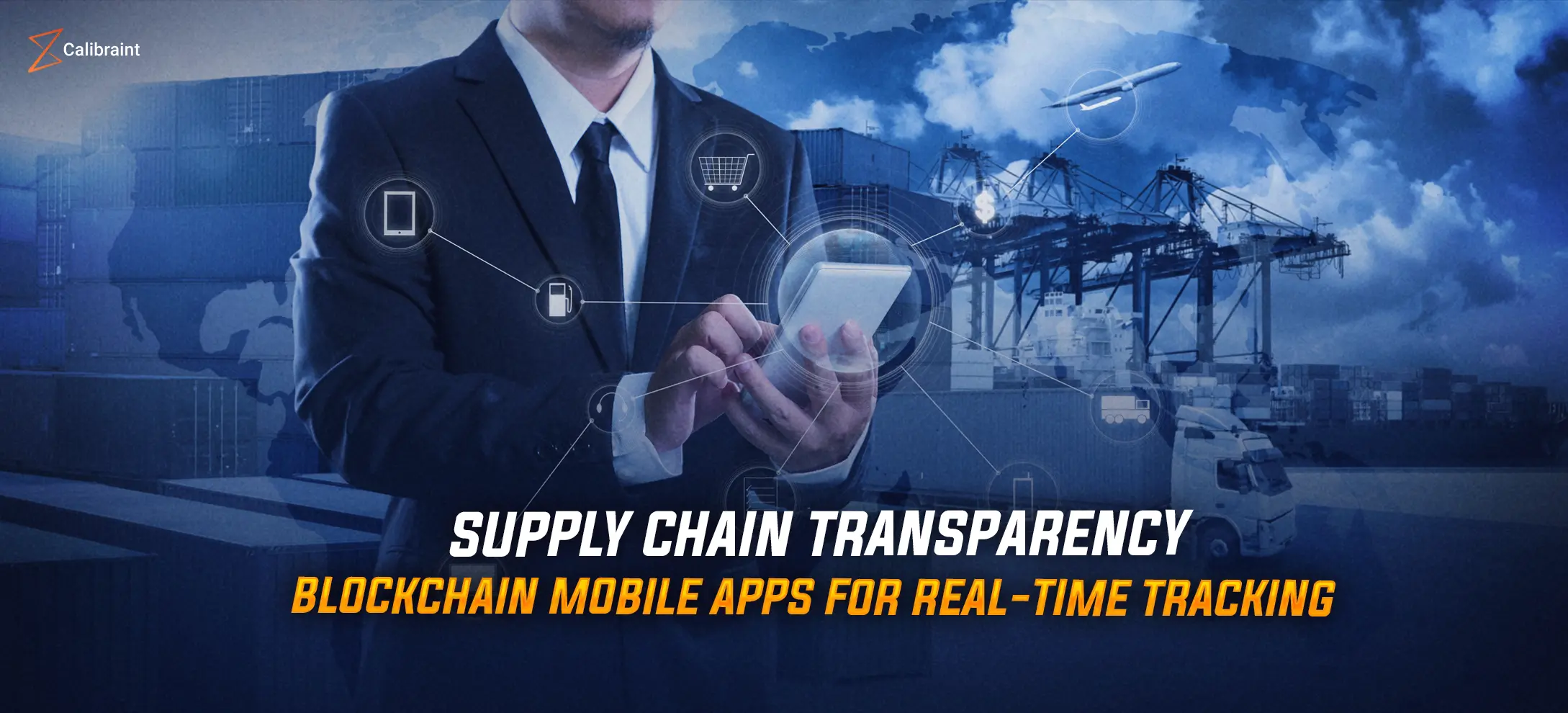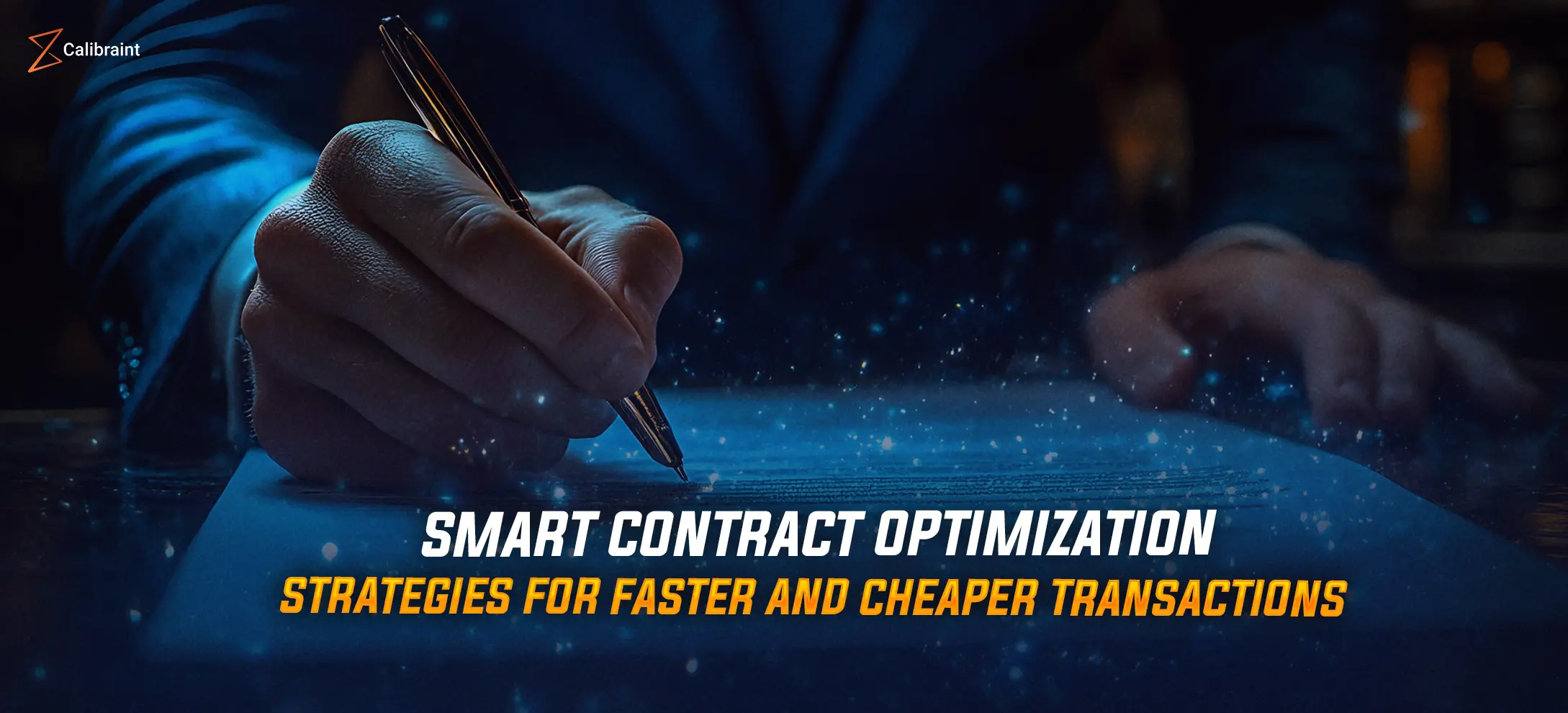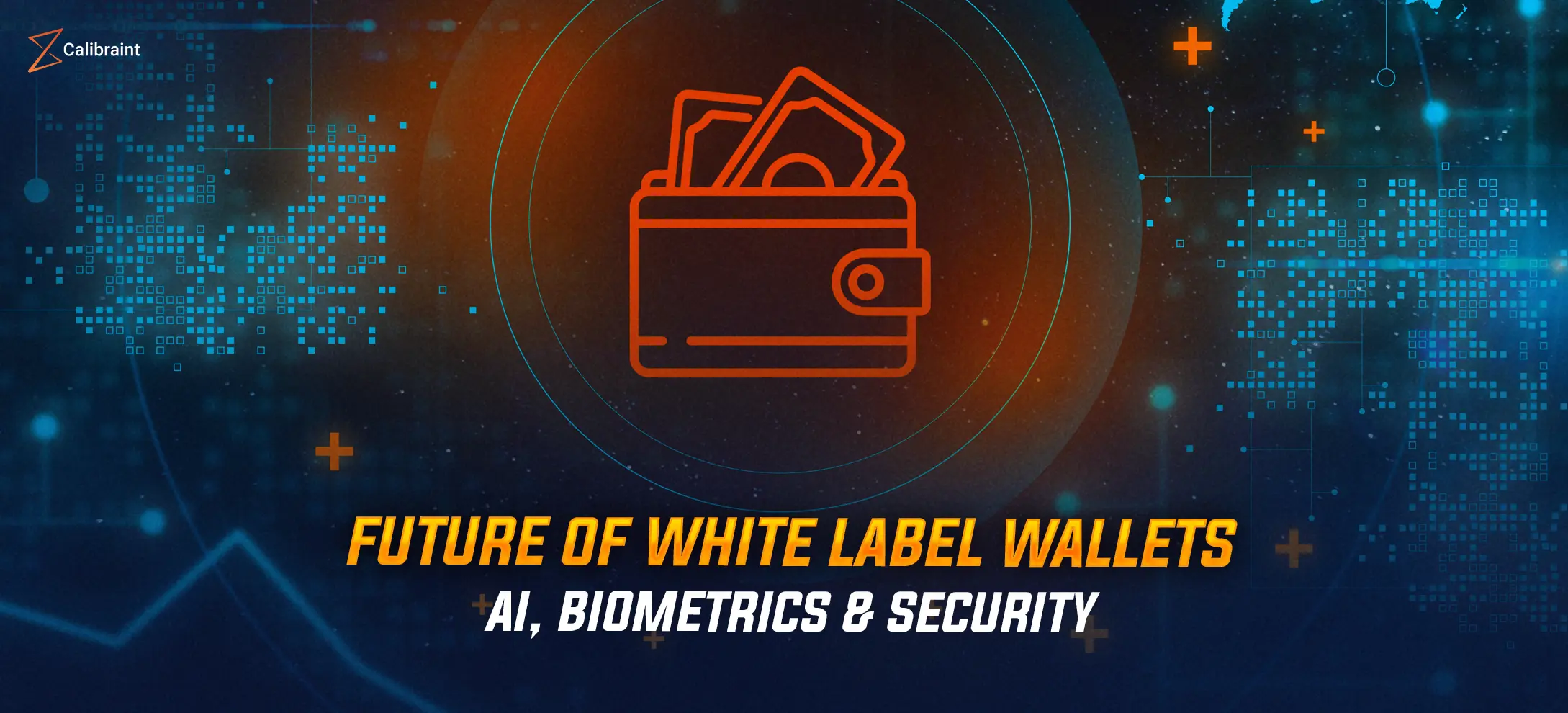How Tokenized Bonds and Loans Are Transforming Traditional Finance
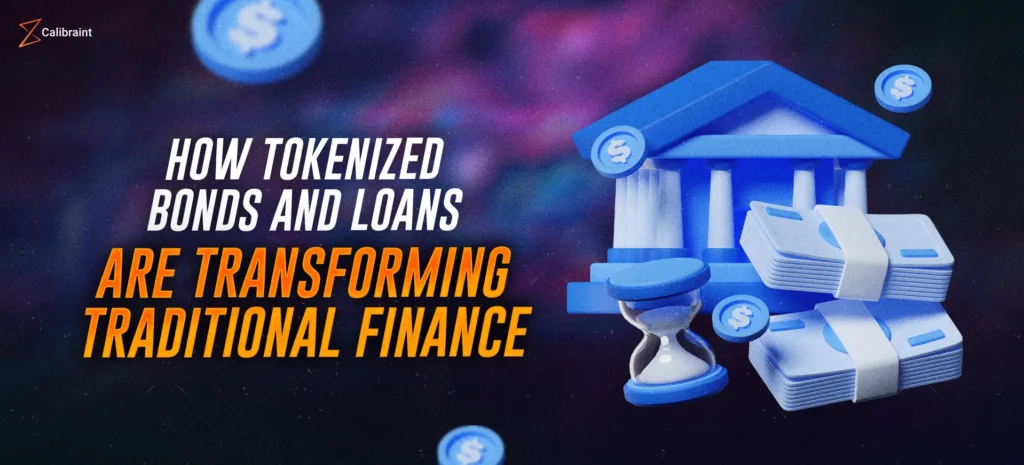
What if the very foundation of borrowing and investing was redesigned for speed, security, and global access?
In today’s financial landscape, tokenized bonds and loans are becoming essential tools for asset managers, institutional investors, fintech leaders, and banks seeking innovation in capital markets. According to Boston Consulting Group, the tokenization of global illiquid assets could represent a $16 trillion opportunity by 2030. Governments, financial institutions, and enterprises are already piloting tokenized instruments to reshape how debt is issued, traded, and serviced.
The Foundation of Tokenization in Debt Markets
For institutions and enterprises handling large volumes of capital, tokenization offers a more transparent, efficient way to manage financial instruments. Tokenization involves representing real-world assets like bonds or loans on a blockchain. The result? Enhanced automation, increased liquidity, and improved investor access.
With bond tokenization, traditional instruments are digitized using smart contracts. This enables programmable interest payments, compliance automation, and streamlined issuance. Similarly, tokenized loans digitize borrowing, allowing for on-chain tracking, fractional lending, and seamless repayments.
How Tokenized Bonds Work: Breaking Down the Mechanics
Understanding how tokenized bonds work is key for asset managers and blockchain innovators exploring digital debt. Tokenized bonds differ from traditional ones by living entirely on blockchain infrastructure:
- Traditional Bonds: These are physical or digital documents managed by centralized entities like banks or clearing houses. The issuance, settlement, and record-keeping involve multiple intermediaries. This often leads to delays, increased costs, and lack of transparency.
- Tokenized Bonds: These are blockchain-native assets issued through smart contracts on a decentralized ledger. The issuance, interest payments, and redemption are automated and governed by predefined rules. This removes intermediaries and adds efficiency and trust.
Here’s the operational flow:
- The issuer defines the bond structure.
- A smart contract is deployed to manage terms.
- Blockchain-based tokens are minted and distributed to investors.
- Interest and principal payments are automated.
- Tokens can be traded on compliant exchanges or platforms.
This mechanism makes it easier for institutional investors to manage high-volume trades with fewer intermediaries.
Benefits of Tokenized Bonds and Loans
Tokenization introduces game-changing advantages for decision-makers:
Tokenization allows assets to be divided into smaller, tradable units, lowering the minimum investment required. This opens the market to a broader class of investors who were previously excluded. It democratizes access to high-value instruments like bonds and loans.
- Cross-Border Participation:
Tokenized financial instruments can be accessed globally, removing the limitations of traditional geographic restrictions. Institutions can now tap into an international pool of investors with ease. This expands liquidity and fosters more inclusive financial ecosystems.
Smart contracts automate repetitive tasks such as interest payments, compliance checks, and settlement procedures. This eliminates human error, accelerates transaction times, and ensures that workflows remain consistent and transparent. It’s a leap forward in financial process automation.
All transactions are recorded on the blockchain, providing a tamper-proof audit trail that’s visible in real time. Stakeholders can trace every action for compliance and reporting purposes without relying on intermediaries. This fosters trust and simplifies regulatory oversight.
Tokenization reduces reliance on clearing houses, custodians, and manual reconciliation. By removing third-party layers and automating backend processes, operational costs drop significantly. This makes capital markets more accessible and efficient for both issuers and investors.
These advantages make tokenized bonds and loans attractive not only to traditional banks but also to emerging fintechs aiming to modernize debt financing.
Use Cases Across Financial Ecosystems
Institutions across sectors are deploying tokenized bonds and loans to streamline financing and improve access to capital:
- Sovereign & Government Bonds: Nations like Singapore and France are piloting blockchain-based debt instruments to modernize public financing. By using smart contracts, they reduce issuance time and increase transparency. This shift also improves investor confidence and participation.
- SME Lending: Small and mid-sized enterprises are turning to crypto token development to tokenize invoices and expected cash flows. This enables them to access liquidity without waiting on traditional bank approvals. It’s a faster, more inclusive model for business funding.
- Real Estate Finance: Tokenized bonds backed by physical real estate are transforming how developers raise capital. These digital assets allow fractional ownership, expanding access to a global pool of investors. It also reduces entry barriers and speeds up deal closures.
These applications are becoming increasingly viable with advancements in blockchain standards and legal frameworks.
Token Development: The Backbone of Bond Tokenization
To build scalable tokenized instruments, organizations rely on sophisticated token development. This involves much more than generating a token — it includes building a secure, compliant, and investor-friendly infrastructure.
Understanding the difference between utility tokens and security tokens is vital at this stage, as it determines how your digital asset is classified, regulated, and traded.
Core elements of enterprise-grade tokenization include:
- Smart Contract Logic: Smart contracts serve as the brain of tokenized bonds, automating everything from issuance to interest payments. They encode the terms of the bond, enabling transparent and tamper-proof execution. This eliminates manual intervention, reduces risk, and ensures timely investor payouts.
- Security Audits: Before deployment, tokenized bond infrastructures undergo rigorous security audits to prevent breaches and bugs. These audits validate the code integrity, fund flow mechanisms, and smart contract behavior. It’s a crucial step in building investor confidence and regulatory trust.
- Integration Readiness: Tokens are designed for seamless interoperability with major wallets, exchanges, and investment dashboards. This ensures that investors can easily purchase, trade, and manage tokenized bonds without friction. Integration also supports liquidity, user experience, and cross-platform access.
As institutional adoption grows, standards in token development are becoming critical to building trust and functionality.
The Process of Tokenization of Bonds
Here’s a step-by-step framework for financial institutions exploring the tokenization of bonds:
- Structure Design:
The tokenization journey begins with carefully designing the bond’s structure defining key parameters such as interest rates, maturity periods, and risk metrics. This step ensures that the digital representation of the bond aligns with traditional financial frameworks. It lays the foundation for regulatory compliance and investor transparency.
- Token Creation:
Once the structure is finalized, secure tokens are created based on advanced smart contract standards. These tokens represent fractional ownership of the bond and embed all transactional logic. They are programmed for automated interest payouts, redemption cycles, and compliance enforcement.
- Platform Deployment:
The tokens are then deployed on a suitable blockchain ecosystem — either public (like Ethereum) or permissioned (like Hyperledger). The choice depends on factors like scalability, privacy, regulatory needs, and control. This phase determines how accessible and secure the bond token will be for stakeholders.
- KYC & AML Integration:
Investor onboarding is integrated with KYC (Know Your Customer) and AML (Anti-Money Laundering) protocols to meet compliance standards. This includes identity verification, risk assessment, and screening processes. It ensures that only verified and legitimate participants engage in bond token transactions.
- Secondary Market Enablement:
To unlock liquidity, the tokens are made tradable on regulated exchanges or decentralized peer-to-peer platforms. This step allows investors to buy and sell bond tokens, creating a dynamic secondary market. It enhances market reach, price discovery, and capital accessibility.
This digital workflow significantly reduces time-to-market and simplifies regulatory reporting.
Challenges and Considerations
While the potential is substantial, institutions must be mindful of:
- Regulatory Uncertainty: Navigating the evolving legal landscape is one of the biggest hurdles in bond tokenization. Different jurisdictions interpret digital securities in varied ways, leading to ambiguity in compliance. Institutions must proactively monitor regulatory updates and align their frameworks accordingly.
- Infrastructure Compatibility: Integrating tokenized assets into existing financial systems is not always straightforward. Legacy infrastructure often lacks the flexibility to support blockchain networks and smart contracts. Bridging these systems requires custom APIs, middleware, and significant architectural planning.
- Talent Gap: A shortage of skilled professionals in blockchain development and digital asset management continues to slow adoption. Many financial institutions struggle to find in-house talent capable of designing and managing tokenized bond systems. Upskilling and strategic partnerships become critical in addressing this void.
Yet, momentum is building. Through sandboxes, consortia, and standards bodies, the challenges surrounding tokenized bonds and loans are steadily being addressed.
The Role of Crypto Token Development Companies
To execute tokenization at scale, organizations are engaging with crypto token development partners who bring expertise in both blockchain protocols and financial regulations. Their contributions include:
- Creating compliant smart contracts for tokenized loans and bonds
- Enabling interoperability with banking systems
- Managing front-end and back-end investor interfaces
- Advising on legal, technical, and architectural strategies
These partnerships are critical to building trust and adoption in the institutional arena.
Future Outlook: The Road Ahead for Tokenized Bonds and Loans
Tokenization is more than a trend, it’s becoming foundational to modern financial ecosystems. As systems become more digital and automated, tokenized bonds and loans will integrate with payment infrastructures, CBDCs, and AI-driven compliance.
Looking forward:
- Smart compliance monitoring will detect violations in real-time.
- Multi-chain finance will enable fluid asset movement between ecosystems.
- Green and ESG bonds will incorporate environmental impact metrics directly into smart contracts.
These innovations mark a turning point in how capital is created, distributed, and measured.
Conclusion: The Future of Finance is Tokenized
Tokenized bonds and loans are not just transforming financial instruments — they’re redefining the very core of capital markets.
By merging blockchain’s transparency with programmable automation, institutions can streamline issuance, broaden investor access, reduce operational costs, and enable real-time settlements.
From sovereign debt and SME lending to real estate financing, the impact is already visible across sectors.
As regulatory clarity improves and infrastructure matures, tokenization will shift from being an emerging trend to a foundational standard.
At Calibraint, we empower financial institutions, fintechs, and governments to lead this transformation with enterprise-grade crypto token development, secure smart contract engineering, and compliance-ready blockchain solutions.
Whether you’re exploring tokenized bonds, loans, or end-to-end debt market digitization, our experts are here to help.
👉 Talk to us today to begin your journey toward faster, more transparent, and globally accessible financial systems.






















